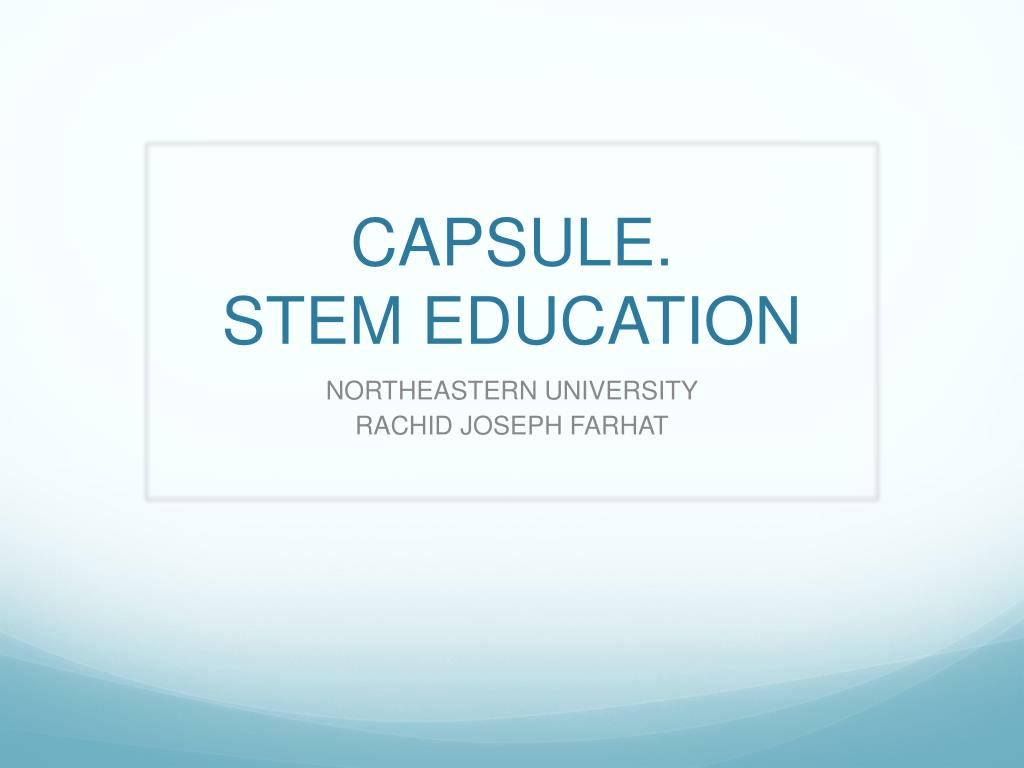

The “authors” might show how they’ve applied the day’s mini lesson to their own writing. Writing deserves an audience, and share time is one of the ways to provide it. During share time, two or three children share their writing with the class. Share time comes at the end of the workshop. Increase the amount of writing time as the children’s stamina increases. You might also work with small groups of children who have similar instructional needs in writing. To do this, conduct one-to-one writing conferences with children, taking careful notes throughout each conference. It is during work time that you can differentiate your writing instruction. They apply what they’ve learned from the current and past mini-lessons to their writing. During work time, the children write – both independently and with partners.

The mini-lesson is immediately followed by work time, the component that is the heart of Writing Workshop and occupies its largest block of time. Give the children a chance to try out the skill or strategy right there on the carpet. Model and demonstrate the use of the skill or strategy, thinking aloud throughout the process. During the mini-lesson, explain what you are teaching and how it will help the children become better writers. Your conference notes and the children’s writing help you identify a primary literacy objective for the mini-lesson. Use the mini-lesson to address the writing needs of your children as determined by your curriculum, state and local standards, and most importantly, formative assessment. The Writing Workshop structure is an efficient and effective way to deliver writing instruction to meet the needs of all learners.Įach Writing Workshop session begins with a mini-lesson, during which you explicitly teach the children a specific writing skill or strategy over the course of five to 15 minutes. The framework consists of three components: the mini-lesson, work time, and share time. Writing Workshop is an organizational framework for teaching writing. It gives children the skills to express their important thoughts and celebrates the fact that their stories and ideas matter and are worth expressing. The workshop structure encourages children to think of themselves as writers and take their writing seriously. They receive explicit instruction in the craft of writing from exploring genre, to organizing their pieces, to word choice, style, and mechanics. They engage in the writing process by selecting topics, drafting, revising, editing, and publishing their original work. During Writing Workshop, children have time to work independently and with their peers. Writing Workshop is an instructional practice designed to help children become confident and capable writers. To grow as writers, children need explicit instruction in the craft, mechanics, and process of writing, choice in what to write about, and plenty of time to practice. Teaching children to write - to express their ideas clearly and creatively, and to find joy in the process - is a complex task. This version of the How We Plan Our Stories lesson for additional "look fors" and tips. To request an assistive technology observation, please complete the request form.Writing Workshop in a First Grade Classroom - How We Plan Our Stories Director’s Cut To request any of the above assistive technology services, please contact the EI Coordinator at or call (610) 769-4111 ext. Training or technical assistance for professionals (including individuals providing education or rehabilitation services), employers, or other individuals who provide services to, employ, or are otherwise substantially involved in the major life functions of that child.".Training or technical assistance for a child with a disability or, if appropriate, that child's family and.Coordinating and using other therapies, interventions, or services with assistive technology devices, such as those associated with existing education and rehabilitation plans and programs.Selecting, designing, fitting, customizing, adapting, applying, maintaining, repairing, or replacing assistive technology devices.Purchasing, leasing, or otherwise providing for the acquisition of assistive technology devices by children with disabilities.The evaluation of the needs of a child with a disability, including a functional evaluation of the child in the child's custom environment.Assistive technology service is defined by IDEA as “any service that directly assists a child with a disability in the selection, acquisition, or use of an assistive technology device.” This includes:


 0 kommentar(er)
0 kommentar(er)
